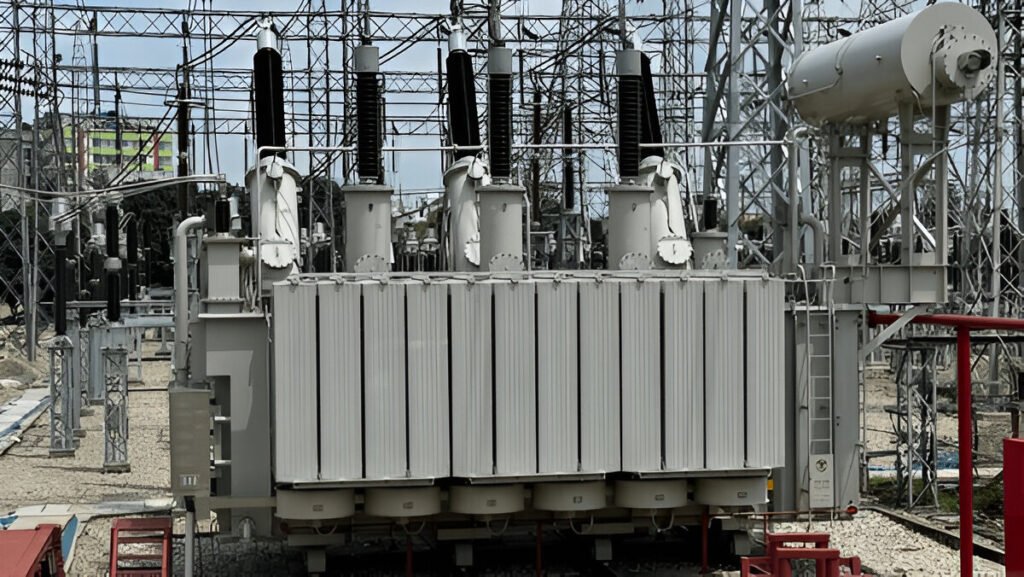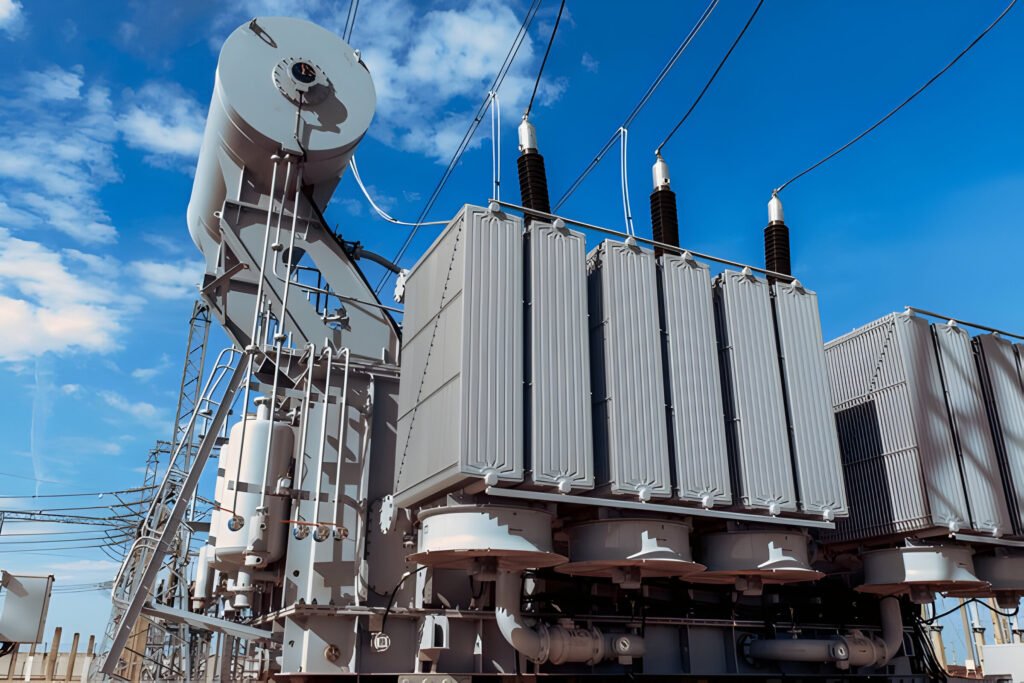What Is Distribution Transformer Bushing
Distribution transformer bushings are specialized insulating components that facilitate the safe and efficient passage of electrical conductors through the walls of transformer tanks. These critical components serve multiple purposes in transformers, including providing electrical insulation, mechanical support, environmental protection, and voltage tapping points.
The design and selection of transformer bushings involves careful consideration of factors such as electrical field distribution, resistance to moisture and contaminants, and appropriate material choices. In the following sections, we will delve into the various types of transformer bushings, including oil-filled, dry-type, gas-insulated, and hybrid varieties, and explore the key design considerations for these essential components.

What Is Distribution Transformer Bushing
A distribution transformer bushing is an essential component of a transformer that provides a safe and reliable means of connecting the transformer windings to the external power distribution system. Bushings are insulating structures that allow conductors to pass through the transformer tank while maintaining electrical isolation and mechanical support.
Distribution transformer bushings are designed to withstand the electrical, mechanical, and environmental stresses encountered during the operation of the transformer. They are typically made of high-quality insulating materials such as porcelain, epoxy resin, or silicone rubber, and are filled with insulating media such as oil, gas, or solid dielectric materials.
Purpose of Transformer Bushings
Transformer bushings serve several important purposes in the operation of a distribution transformer:
Electrical Insulation
One of the primary functions of a transformer bushing is to provide electrical insulation between the conductor and the transformer tank. The bushing’s insulating material, such as porcelain or polymer, prevents the high voltage current from arcing or leaking to the grounded tank, thereby maintaining the integrity of the electrical system.
Mechanical Support
Transformer bushings offer mechanical support to the conductor as it passes through the transformer tank. The bushing’s design ensures that the conductor remains stable and secure, even under the influence of electrical and mechanical stresses, such as short-circuit currents or vibrations.
Environmental Protection
Bushings protect the transformer’s internal components from environmental factors such as moisture, dust, and contaminants. The bushing’s sealed construction prevents the ingress of these elements, which could otherwise cause insulation breakdown, leading to transformer failure.
Voltage Tapping
In some cases, transformer bushings may also serve as a point for voltage tapping. This allows for the connection of monitoring or protection devices, such as potential transformers or surge arresters, to the transformer winding without the need for additional penetrations in the tank.
Types of Transformer Bushings
There are several types of transformer bushings used in distribution transformers, each with its own unique characteristics and advantages:
Oil-Filled Bushings
Oil-filled bushings are commonly used in high-voltage applications. These bushings consist of a central conductor surrounded by insulating paper or synthetic materials, which are then immersed in insulating oil. The oil helps to dissipate heat and provides additional insulation. Oil-filled bushings offer excellent electrical and thermal properties, making them suitable for demanding applications.
Dry-Type Bushings
Dry-type bushings, also known as solid insulation bushings, utilize materials such as epoxy resin, silicone rubber, or polymers as the insulating medium. These bushings are typically used in lower voltage applications or where the risk of oil leakage is a concern. Dry-type bushings are maintenance-free and offer good resistance to environmental factors.
Gas-Insulated Bushings
Gas-insulated bushings employ a pressurized insulating gas, such as sulfur hexafluoride (SF6), as the insulating medium. These bushings are compact and offer excellent insulation properties, making them suitable for high-voltage applications where space is limited. Gas-insulated bushings require regular monitoring to ensure that the gas pressure remains within acceptable levels.
Hybrid Bushings
Hybrid bushings combine the features of different bushing types to achieve specific performance characteristics. For example, a hybrid bushing may consist of an oil-filled lower portion and a dry-type upper portion. This combination allows for the benefits of both technologies to be realized in a single bushing design.
Design Considerations
When designing or selecting transformer bushings for distribution transformers, several key factors must be considered to ensure optimal performance and reliability:
Electrical Field Distribution
The bushing’s design should ensure a uniform electrical field distribution along its length. This is achieved through the use of capacitive grading layers or conductive foils, which help to smooth out the electrical field and prevent localized stress concentrations.
Moisture and Contaminant Resistance
Transformer bushings must be designed to withstand exposure to moisture and contaminants, which can degrade the insulation over time. The use of high-quality, moisture-resistant materials, such as silicone rubber or cycloaliphatic epoxy resins, helps to ensure the bushing’s long-term performance. Additionally, the bushing’s end seals and gaskets must be designed to prevent the ingress of moisture and contaminants.
Material Selection
| Material | Properties |
|---|---|
| Porcelain | High mechanical strength, good insulation properties, resistant to weathering and aging |
| Polymer | Lightweight, flexible, resistant to moisture and contamination, good electrical properties |
| Epoxy resin | High mechanical strength, excellent electrical properties, resistant to moisture and chemicals |
| Silicone rubber | Flexible, hydrophobic, resistant to UV and ozone, good electrical properties |



